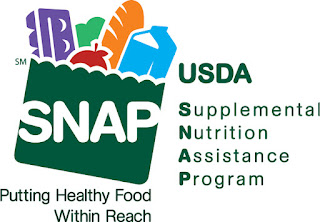Be APOL1 Aware and Understand How Genes Impact Kidney Health

(Family Features) Senior year of high school is a time for big changes for most people, but for Emani McConnell-Brent, she did not expect it would include changes to her health. After being rushed to the emergency room with severe stomach pain, McConnell-Brent learned the problem was her kidneys and she was diagnosed with a kidney disease called focal segmental glomerulosclerosis (FSGS).
After her diagnosis, McConnell-Brent struggled to get the right medicines to treat her disease. She was encouraged to undergo a genetic test and discovered her FSGS was the result of APOL1-mediated kidney disease (AMKD), a rapidly progressive genetic kidney disease that can cause kidney failure. The diagnosis brought McConnell-Brent some relief, both physically and emotionally.
“Knowing it’s genetic and knowing I’m taking care of myself makes a big difference in my mental state,” said McConnell-Brent, now 21 and an ambassador for the American Kidney Fund.
 Everyone has two copies of the apolipoprotein L1 (APOL1) gene – one from each parent – but Black Americans of West and Central African ancestry are more likely to have changes (variants or mutations) in their APOL1 gene that cause AMKD. This genetic form of kidney disease can develop even at a young age, in otherwise healthy people, and can advance faster than other kidney diseases.
Everyone has two copies of the apolipoprotein L1 (APOL1) gene – one from each parent – but Black Americans of West and Central African ancestry are more likely to have changes (variants or mutations) in their APOL1 gene that cause AMKD. This genetic form of kidney disease can develop even at a young age, in otherwise healthy people, and can advance faster than other kidney diseases.
An estimated 13% of Black Americans have the two APOL1 gene variants that are associated with AMKD. Those who have variants in both copies of the APOL1 gene have a 1 in 5 chance of developing kidney disease.
“A lot of people don’t even know about how prevalent the APOL1 gene is in the African American community,” McConnell-Brent said.
Early diagnosis of AMKD can keep your kidneys working longer, delaying the need for dialysis or a kidney transplant.
If you have kidney damage, symptoms may not occur until your kidneys are close to failing. As kidney damage worsens, one or more of these symptoms may occur:
- Protein in urine
- Swelling in legs or weight gain
- Feeling weak or tired
- High blood pressure
The only way to get an official diagnosis for AMKD is through a genetic test. You can find more information about the risks and benefits of genetic testing online.
“If you got genetic testing, you would have the facts of what your genes are telling you,” McConnell-Brent said. “Your genes are telling you a story of what did happen, is happening and could happen.”
This AMKD Awareness Day, on April 29, become APOL1 Aware by learning how your genes impact your kidney health and help build awareness in your community by visiting KidneyFund.org/APOL1Aware.Select All Code share this content! Full Text You Might Also Be Interested In... A First-Timer's Guide to Kitchen Remodeling Quick View Keeping Your Community Clean: 4 ways to do your part for spotless public spaces Quick View Take Celebrations to New Heights with Cristalino Tequila Quick View Tackle Your Family's Hunger with a Touch of Heat Quick View A Guide to Great Skin at Any Age Quick View 5 Things Funeral Directors Wish Everyone Knew Quick View Register for Free Content You Recently Viewed Terms of Use Contact Us Family Features Editorial Syndicate
